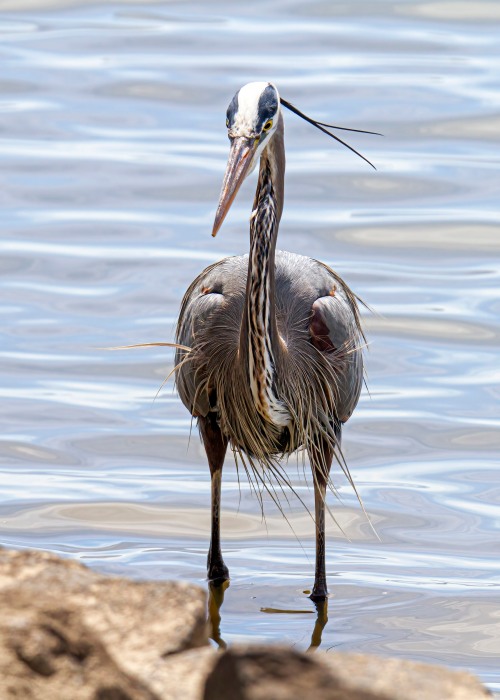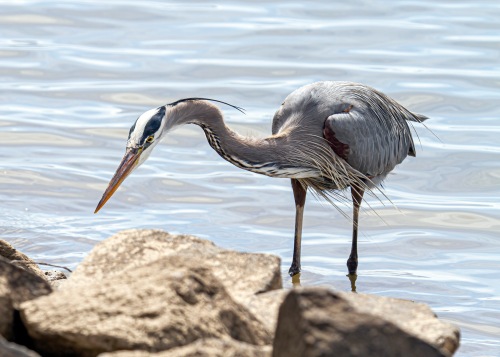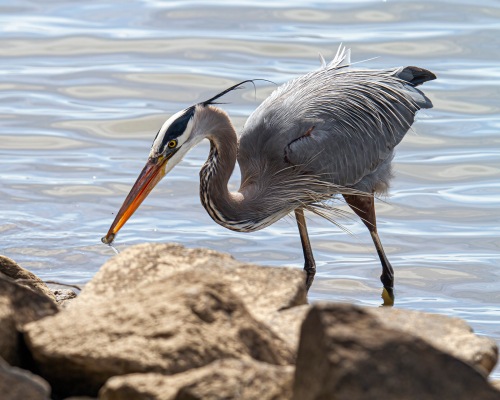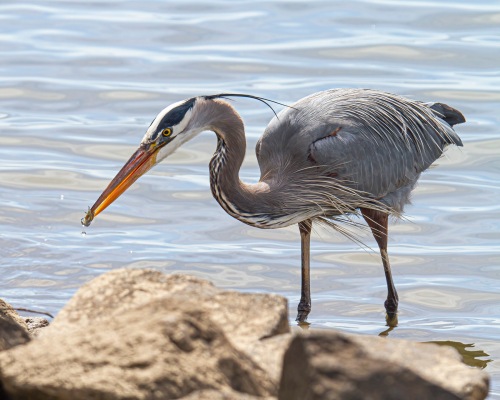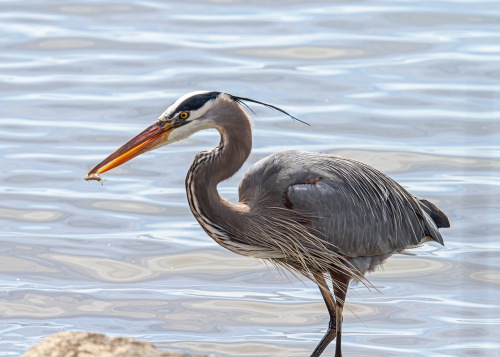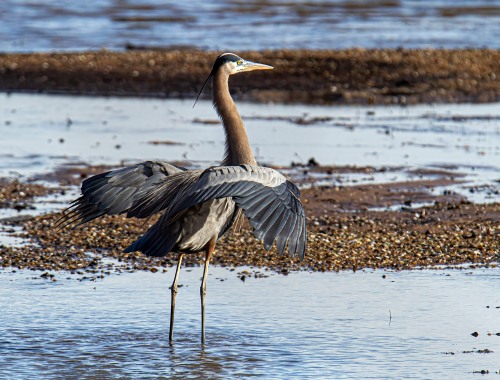Have the rules changed or have I simply changed? When I first starting getting into wildlife and nature photography, one of the basic “rules” that I learned was I should try to fill the frame with my primary subject. I acquired longer lenses and worked to become more stealthy so I could get closer and closer to my subjects. My “ideal” shot was a sharp “portrait” image with a soft creamy background.
I still like those kind of images, but I began to realize that I was removing the birds and bugs from their environments. I am now pushing myself to try to include more of the relationship between the subject and its surroundings and ideally the interaction between the two. What that means is that I am growing increasingly comfortable with images in which the primary subject takes up only a small portion of the frame.
In the first image, for example, I could have easily cropped this shot of Song Sparrow (Melospiza melodia) much more tightly to draw the viewers’ eyes to the bird’s feather details. Instead, I limited the cropping in order to show all of the dried vegetation hanging from the branch on which the sparrow was perched.
In the second image, the Great Blue Heron (Ardea herodias) was quite far away. In the past, I might not have taken the shot, because I knew I would not be able to capture a detailed view of the heron. In this case, I instantly knew that I wanted to capture the mood of the moment by showing the heron in its environment. I was happy to be able to convey a sense of the peacefulness of the moments that I shared with this beautiful heron, a time for reflection both literally and figuratively.
Rules and guidelines are undoubtedly helpful for beginners, because they establish a general framework for understanding what makes a “good” photograph. Over time and after spending countless hours with my camera and my computer, I have learned that “good” is a relative term and that “beauty” is often subjective. Most importantly, however, I have developed a greater sense of what types of photos I personally like and become more skilled in creating these kinds of images.
Nothing is static, though, and I know that my tastes and preferences and those of my readers are likely to change over time. Artists of all types are prone to introspection and are more likely than most other people to explore their inner landscape for inspiration and understanding. Whatever output those artists create is often the result of the interplay between their inner world and the outer world—the “environment” really matters in understanding the context of a work.


© Michael Q. Powell. All rights reserved.
Read Full Post »


























